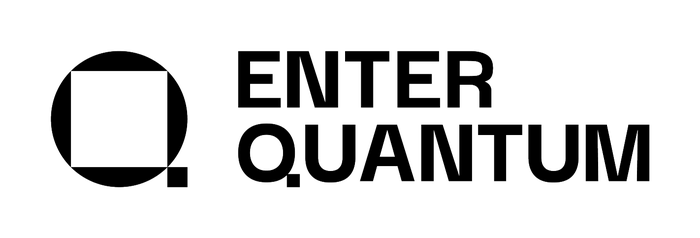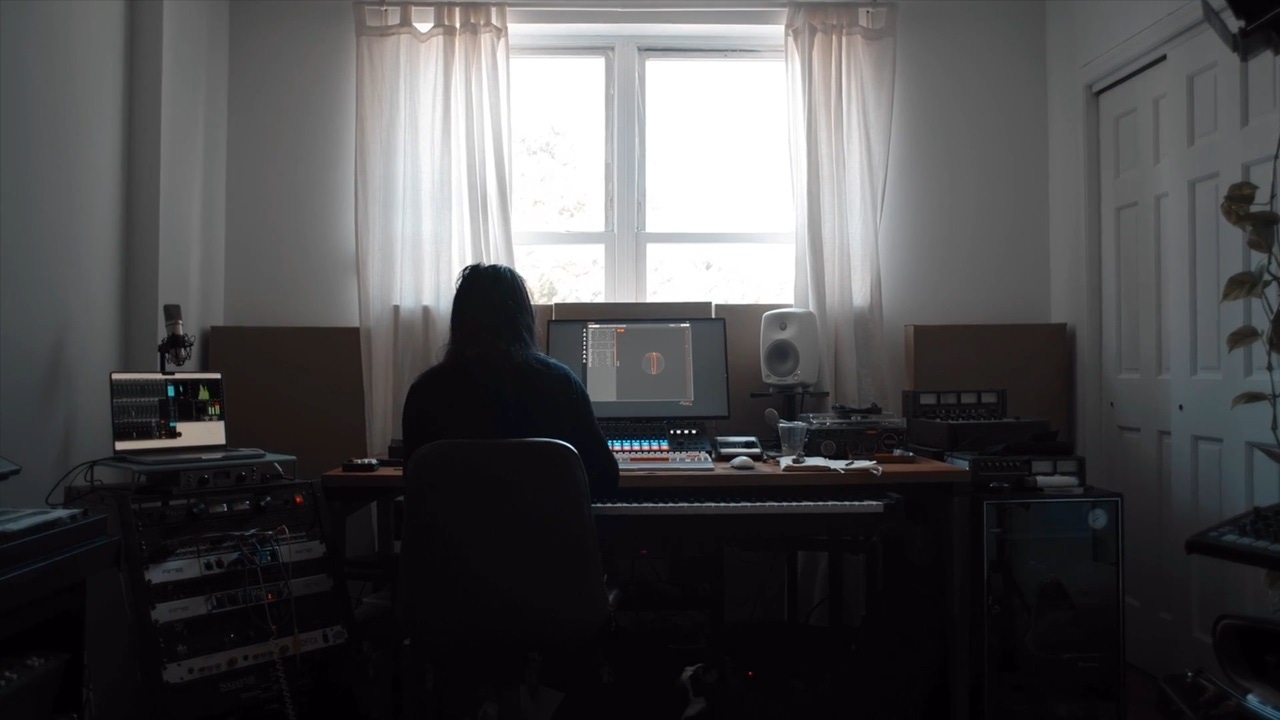
Connects decision-makers and solutions creators to what's next in quantum computing
How Quantum Could Disrupt CreativityHow Quantum Could Disrupt Creativity
Q&A with Moth Quantum CEO and co-founder Ferdi Tomassini

London-based startup Moth Quantum announced plans to enhance computer gaming using quantum computing’s ability to generate totally random numbers and solve complex problems in September 2024.
However, its ambition to disrupt the creative industry extends beyond games, with the company undertaking projects exploring the use of quantum algorithms for music and visual arts.
In this Q&A, Moth Quantum CEO and co-founder Ferdi Tomassini discusses what quantum can contribute to the arts and what the company has planned for 2025, designated the International Year of Quantum Science and Technology by the United Nations.
How did the idea for Moth Quantum come about and what is its mission?
Moth’s mission is to pioneer the integration of quantum computing into the creative industries, empowering musicians, artists, game designers and producers with revolutionary tools tailored to their needs. We are focused on advancing generative technologies by incorporating quantum algorithms, enabling innovative and unique consumer-facing products. Looking ahead, we envision quantum computing becoming a cornerstone of the creative computing stack, breaking through traditional computational limitations and opening unprecedented creative possibilities.
The idea for Moth emerged from observing a growing movement of artists, creatives and engineers exploring quantum computing applications. We saw a significant opportunity to bridge the gap between this groundbreaking technology and the creative industries. Our leadership team has been at the forefront of this convergence: Chief scientist James Wootton developed the first game to run on a quantum computer in 2017, our chief technology officer created the first synthesizer powered by qubits in 2019 and our scientific advisor, Eduardo Miranda, composed the first piece of music using a quantum computer in 2018. These milestones highlight the transformative potential of quantum computing in creative fields and inspire Moth's mission to lead this innovation.
Is Moth unique in using quantum computing for music, gaming and the arts?
Yes, Moth is a pioneer in applying quantum computing to the creative industries, focusing on music, gaming and the arts. While many companies explore quantum technology in traditional domains, we are uniquely positioned as the first to prioritize artists and creatives. Our mission is to ensure that the quantum revolution is driven by and for the creative community, making us distinct in this space.
What can quantum add creatively to each of these fields?
In the past, we developed two pioneering tools—Actias, the world’s first quantum synthesizer and Quantum Audio Processing, an open-source framework for processing audio on quantum systems. These tools were designed to introduce musicians and researchers to the creative potential of quantum computing, allowing them to experiment and innovate with this emerging technology. Both of these are free for public use, serving as valuable resources for the community.
Building on this foundation, we are now focused on advancing generative technologies for the creative industries. Our work involves developing quantum algorithms that overcome existing computational bottlenecks, enabling groundbreaking tools for generating dynamic content in games, music and visual arts. By integrating quantum into generative processes, we’re creating tools that empower artists and developers to explore entirely new creative possibilities while achieving results that were previously out of reach.
Artists are worried about generative AI stealing their content and regurgitating it, not to mention at great cost to the environment. Could adding a quantum factor introduce genuine computer-driven creativity and reduce emissions and water use?
Yes, absolutely. Our approach to Quantum algorithms is fundamentally different from current generative AI methods—they don’t rely on massive amounts of training data to produce exciting results.
Building something like a large language model, for example, is neither technically suitable nor ethically aligned with Moth’s approach. We’ve always positioned ourselves as an artist-led company, prioritizing tools that empower creativity rather than exploit existing works.
What makes quantum computing unique is its ability to produce an extraordinary range of outputs with minimal training data. Take Sphinx, our quantum-powered content generator, as an example: it allows artists to train a model with very small datasets and then generate music that is not only highly unique but also continuously surprising.
This principle extends across the creative industries. For instance, it can be applied to video game content generation, such as dynamically populating in-game elements, or to visual arts, like generating distinct and intricate components of an image. Quantum generative technologies have the potential to unlock truly original creativity while reducing reliance on resource-intensive computing processes.
What types of individuals do you look for to join the Moth team?
We look for people who deeply value the role of the arts in society and are passionate about doing something truly different. At Moth, we believe cultural and technological shifts are deeply intertwined and we’re driven by the idea that the arts should be at the forefront of revolutionary change. We seek out individuals who share this vision—people who are inspired by the intersection of creativity and innovation and who are eager to bridge these worlds in meaningful ways. It’s not just about skills; it’s about a mindset and a commitment to shaping the future in a way that honors both artistry and progress. We are always on the lookout for like-minded individuals to join our team!
How can people experience Moth’s creative work?
Our website and social media channels feature links to many artists using our tools and highlight events we've been involved in to advance the applications of quantum computing in the creative industries. For example:
Eduardo Miranda's album, QUBISM, available on vinyl and digital via 51beats Records, showcases compositions created with instruments and tools developed in collaboration with Moth. Some of these tools are now being developed into commercial products.
DJ and contemporary artist ILĀ, one of our long-time residents and collaborators, has produced music and dance events incorporating our technology. Their latest work on Nowness features music created with Actias, where the dancer’s movements control the music via a MIDI ring.
What does the company have planned next?
Next, we are preparing to release Sphinx as a consumer-facing product. This tool is designed to enable creators to produce unique and high-quality music with minimal input, offering a new approach to creativity that aligns with artists’ needs and workflows. Alongside this, we are thrilled to announce plans to release a video game generated with quantum technology, showcasing the versatility of quantum-powered generative technology across different creative mediums.
We are also excited to be diving deeper into procedural content generation, a key area of focus for us. Our first research papers on this subject will be published soon and James Wootton, our chief scientist, will be presenting this work in March at the APS Physics Conference. His talk will explore how quantum computing can revolutionize the creation of dynamic, complex content in the creative industries.
In addition, we’re planning numerous artist-led collaborations to explore and expand the applications of quantum technology in music, gaming and visual arts. With 2025 being celebrated as the Year of Quantum, we aim to play a central role in a growing movement of quantum creativity, working closely with artists, musicians and designers to shape this exciting frontier.
About the Authors
You May Also Like

.png?width=100&auto=webp&quality=80&disable=upscale)

.png?width=400&auto=webp&quality=80&disable=upscale)




